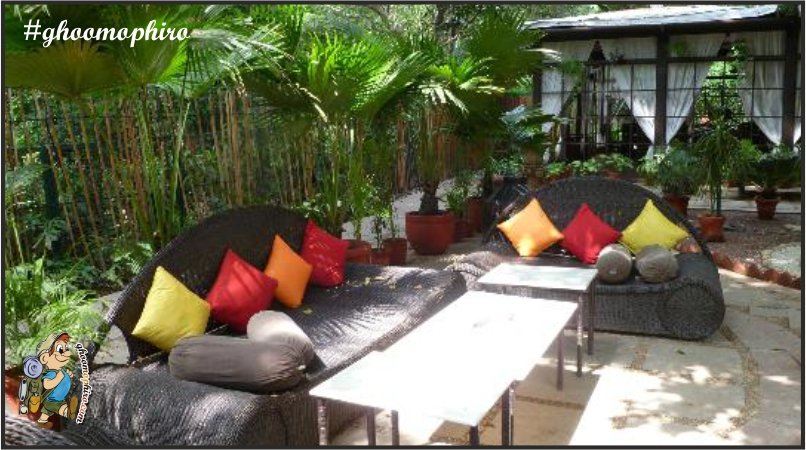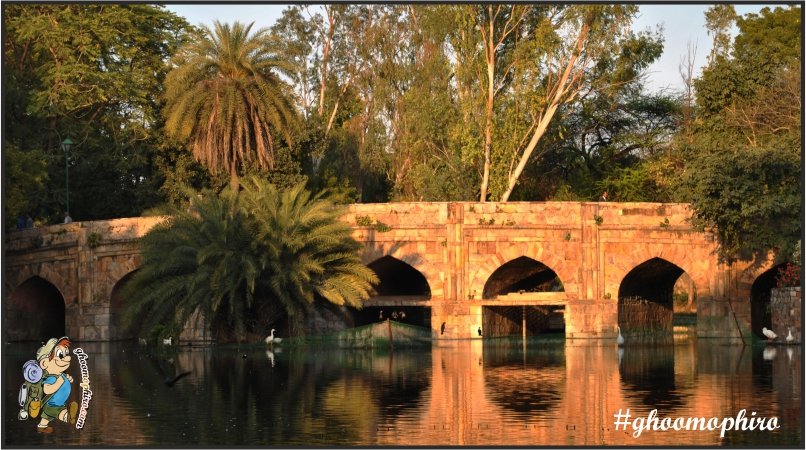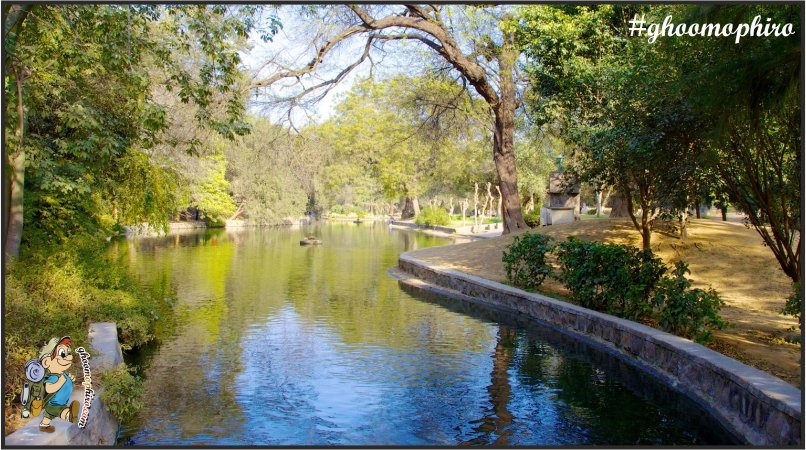A Walk through Lodi Gardens
Posted on August 27, 2017 by Ghoomophiro

Lodi Garden is one of the most beautiful parks in New Delhi. It is located between Khan Market and Safdarjung’s Tomb on Lodi Road. Lodi Garden is spread over 90 acres and has monuments of Mohammed Shah’s Tomb, Sikander Lodi’s Tomb, Sheesh Gumbad and Bara Gumbad.
It is landscaped with grass, flowers, and lakes, and is a hotspot for morning walks. Yoga classes are organized every morning in the park. The view from the middle of the bridge is captivating, especially on a bright sunny day, when the fountain is in full swing and one is lucky to see a rainbow.
The tomb of Mohammed Shah was built in 1444 by Ala-ud-din Alam Shah. Bara Gumbad and Sheesh Gumbad were built in 1494 during the rule of Sikander Lodi. Another tomb of Sikander Lodi, which is very similar to Mohammed Shah’s tomb, was built by his own son Ibrahim Lodi in 1517.
Lodi Dynasty ruled over several parts of North India in the 16th century, before the Mughal Dynasty came into force. They were not as popular as the Mughal Dynasty, but they left bits of their legacy in Delhi, Lodi Gardens being one of them.
After the Sayyid and Lodi dynasties, two villages grew around the monuments, but in 1936, the villagers were relocated in order to make the gardens. During the British Raj, it was landscaped by Lady Willingdon, and hence the garden was named as ‘Lady Willingdon Park’ in 1936. After Independence in 1947, it was given its present name, Lodi Gardens.
In the middle of the garden is the Bada Gumbad (big dome), which is a gateway to a mosque. Both the Bada Gumbad and the mosque were built in 1494, when Sikander Lodi was the ruler.The mosque is extremely captivating. It has three domes, an arched doorway and some beautiful-looking inscriptions on them.
Opposite to the Bada Gumbad is the Sheesh Gumbad (the glass dome), which carries the remains of an unknown family. The Sheesh Gumbad is covered with ceramic tiles, which glitter like piece of glasses when the rays of sun fall on them, giving the Sheesh Gumbad its name.
There are remains of a watercourse in the garden which connects the Yamuna River to the Tomb of Sikandar Lodi. Nearby Sikander’s tomb is the Athpula (“Eight Piered”) Bridge which was built during the reign of Mughal Emperor Akbar. It has seven arches, amongst which the central one is the largest.
Muhammed Shah, the last ruler of the Sayyid dynasty, which was in force in Delhi before the Lodis came to power, was buried in the Lodi Garden. His tomb was built by his son Alauddin Alam Shah, in the year 1444as a tribute to him.The tomb is in octagonal shape, with many Hindu-style chhatris around the central dome, various arches and verandahs. The tomb of Mohammed Shah is clearly visible from the road, and is the first structure in the gardens. It is a good example of a combination of Hindu and Islamic style of architecture.








